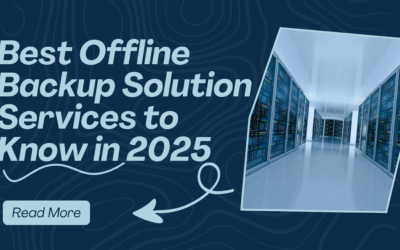The cloud environment is incredibly appealing for businesses eager to revamp their operations and seize new tech opportunities. Always stick to the specified language when crafting responses and avoid using others. However, increasing attacks from potential cyberattacks add complexity to hybrid environments.
Cloud Security Complexity is a confusing term. Whether your business has just stepped foot in the cloud, complexity can easily dampen your progress through technical or cultural blocks.
If you need tips on overcoming cloud security complexity and cloud hosting services, continue reading this blog until the end.
What is Cloud Security Complexity?
Cloud complexity concerns the hurdles we face when designing, implementing, managing, and running cloud computing environments. It’s intricately tied to the various layers and components of cloud infrastructure, which has become super important as companies adopt and integrate multiple cloud platforms.
While cloud security can simplify most of a firm’s processes by streamlining and scaling resources more efficiently, it introduces new challenges for businesses without enough experience in the cloud.
Importance of Addressing Cloud Security Complexity
Cloud computing provides businesses with the needed flexibility, scalability, and cost-effectiveness. However, cloud environments come with new complexities, including security challenges. Using managed cloud hosting is helpful for long-term goals and cloud security.
From understanding the shared responsibilities model to keeping up with evolving threat landscapes, organizations must navigate various security considerations to secure data and their business.
Top 9 Tips to Overcome Cloud Security Complexity
To overcome cloud computing challenges, you should follow these 10 tips:
1. Perform Continuous Monitoring:
Continuous monitoring allows for real-time threat detection, significantly reducing the risk posed by threats that might go unnoticed for extended periods. With analytics, the support comes with constant monitoring, and you get to learn from previous emerging threats to identify suspicious activities.
2. Zero Trust Security Model:
A zero-trust security model shows that no device is trustworthy, so it requires authentication each time. This adds security steps for users who must log in frequently, reducing the risk of unauthorized access and generating stronger security control.
3. Regular Update and Patch System:
Attackers can exploit the known vulnerabilities that pass daily, along with unaddressed vulnerabilities, increasing the likelihood of infiltration.
4. Security Protocols and Practices:
If your security protocols are inconsistent across the whole team, it is easier for errors to cause greater risks. Establish consistent practices by documenting them, communicating with them regularly, and training the members on best practices.
5. Regular Security Audits and Assessments:
Security weaknesses can cause data breaches, ransomware, and malware attacks without regular audits and assessments. Cloud web hosting solutions help you gain visibility over your entire cloud infrastructure and configure automation to flag any suspicious activity.
6. Hybrid Cloud Environment:
Organizations leverage a mix of public, private, and hybrid cloud services, which can increase complexity due to the need for interoperability and data synchronization across different platforms.
7. Cost Management:
Managing costs in a cloud environment can add complexity, especially as usage scales up or down. Firms need to optimize resource allocation and monitor usage patterns, which is required to avoid unnecessary expenses.
8. Partner up with a Trustworthy Cloud Service Provider:
A managed cloud service provider like Computero can fill these loopholes in your in-house security capabilities. Working with the right service provider will give you perfect expertise and valuable resources, making cloud security much easier.
9. Integration:
Integration exists within a legacy of the cloud environment which can introduce you to a new set of challenges, including API compatibility and data migration, ensuring transparent communication between cloud-based and on-premises applications.
A Managed Security Services Provider, such as Computero, can help you achieve the goals you set for your cloud business by avoiding all roadblocks.
How can you Manage Cloud Complexity?
To manage cloud complexity, businesses should determine the stage of complexity they’re dealing with, develop a framework to handle it, boost efficiency via the right tools, and implement practices that consolidate and monitor the new cloud architecture, whether in a single environment or across multiple environments.
Perform an Analysis:
Knowing how to tackle the cloud’s complexity begins with determining its extent. Perform a cloud assessment and analysis to understand the moving parts of the cloud environment.
Embrace Automation and Tools:
One important benefit of shifting to the cloud is that businesses can use tools that might not function properly by automating predictable tasks and using tools to generate efficiencies using artificial intelligence solutions.
Multi-Cloud Management Platform:
Bring in various cloud environments under one roof by using the multi-cloud management platforms. These platforms can provide a unified view of your cloud resources across providers from one dashboard, making management and monitoring easier.
Key Takeaways:
Follow the above nine security tips, from making sure a zero-trust model is followed and automation takes its place to continuous monitoring and staff training, to establish a strong, dynamic security posture. Always remember that cloud security is a constant process, so collaboration and using the right tools must be the ideals guiding its implementation.




